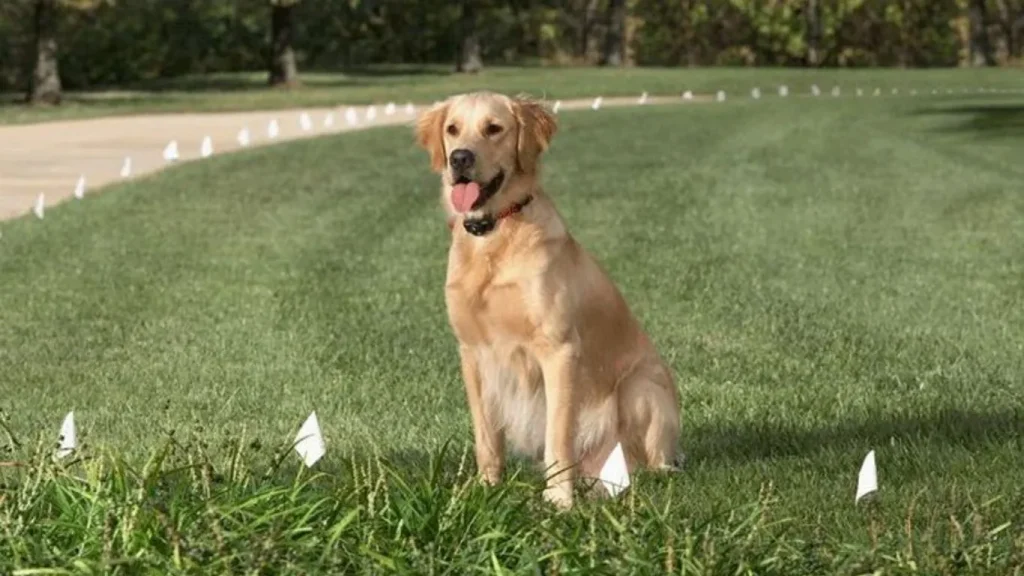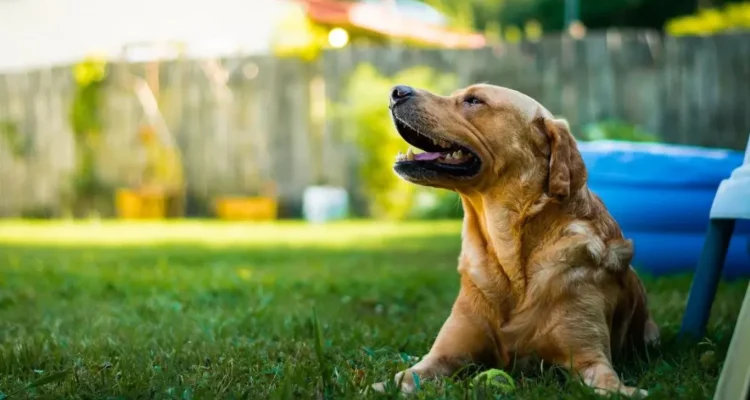Introduction
Keeping your dog safe and secure within your yard is essential for their well-being and your peace of mind. Whether you have a playful pup or an adventurous canine, creating a dog-friendly space requires thoughtful planning and implementation. This article explores effective methods and tips to ensure your dog stays happily confined within your yard.

Understanding Your Dog’s Behavior
Before implementing any containment methods, it’s crucial to understand your dog’s behavior. Some dogs are natural explorers, while others may be prone to anxiety or boredom, leading to escape attempts. By understanding their tendencies, you can tailor your approach to effectively keep them within the yard.
Setting Up a Safe and Secure Yard
Choosing the Right Fence
A sturdy fence is the cornerstone of yard containment. Consider the following factors when selecting a fence:
Height and Material Considerations
Choose a fence height that prevents your dog from jumping over it. For larger breeds, a fence at least 6 feet tall is recommended. Ensure the material is durable and resistant to chewing.
Digging Prevention Measures
Some dogs may attempt to dig under the fence. Prevent this by burying the fence underground or using deterrents like rocks or chicken wire along the base.
Installing Secure Gates
Gates provide access to your yard but must be secure to prevent escape:
Choosing Strong Locks and Latches
Opt for locks that are out of reach of your dog and secure enough to withstand nudges or attempts to open.
Training Your Dog to Stay in the Yard
Proper training plays a crucial role in keeping your dog within the yard boundaries.
Basic Obedience Training
Start with basic obedience commands such as sit, stay, and come:
Teaching the “Stay” Command
Consistently reinforce the “stay” command using positive reinforcement techniques like treats and praise.
Positive Reinforcement Techniques
Reward your dog with treats or affection when they obey commands, reinforcing positive behavior.
Boundary Training with Visual Cues
Help your dog understand where the yard boundaries are using visual markers:
Using Flags or Markers
Place flags or markers along the perimeter of your yard to visually signify boundaries.
Gradual Introduction to Boundaries
Allow your dog to explore the boundaries gradually, reinforcing positive behavior when they stay within the designated area.
Using Technology to Assist
Modern technology offers additional tools to reinforce yard boundaries:
Electronic Dog Fences
Electronic fences emit a signal that creates a boundary without physical barriers:
How They Work
The fence emits a signal to a receiver collar worn by your dog. When your dog approaches the boundary, they receive a warning signal.
Setting Up and Maintaining
Install the fence according to manufacturer instructions and regularly check the collar’s battery to ensure proper function.
GPS Collars and Tracking Devices
GPS collars provide real-time tracking of your dog’s location:
Features to Look For
Choose a GPS collar with features like geo-fencing and activity monitoring.
Training Your Dog to Respond
Introduce your dog to the GPS collar gradually, associating it with positive experiences like treats or playtime.
Creating a Dog-Friendly Environment
A comfortable and stimulating environment encourages your dog to stay within the yard:
Providing Adequate Exercise
Regular exercise reduces the likelihood of escape attempts:
Importance of Physical Activity
Engage your dog in daily walks, runs, or play sessions to expend energy.
Interactive Toys and Games
Provide toys and games that stimulate your dog mentally and physically.
Ensuring Comfort and Shelter
Make sure your yard offers adequate shelter and amenities:
Shelter Options for Outdoor Dogs
Provide a doghouse or sheltered area where your dog can rest comfortably.
Water and Food Accessibility
Ensure fresh water and food are easily accessible within the yard.
Handling Common Challenges
Address common challenges to maintain effective yard containment:
Dealing with Escaping Behavior
Identify triggers that cause your dog to attempt escaping:
Identifying Triggers
Observe behaviors such as boredom, anxiety, or the desire to explore.
Addressing Anxiety and Boredom
Provide mental stimulation through toys, puzzles, or interactive feeding devices.
Managing Neighbor Interactions
Maintain positive relationships with neighbors to prevent disputes:
Communicating with Neighbors
Inform neighbors about your efforts to keep your dog within the yard and address any concerns they may have.
Respecting Property Boundaries
Ensure your dog does not trespass onto neighboring properties, respecting their boundaries and rights.
FAQs
- What should I do if my dog keeps escaping the yard?
- Evaluate your current containment methods and consider reinforcing boundaries with additional training or technology.
- Are electronic fences safe for dogs?
- When installed and used correctly, electronic fences can be a safe and effective means of containment.
- How can I prevent my dog from digging under the fence?
- Use deterrents like rocks or chicken wire along the base of the fence to discourage digging.
- Is it necessary to supervise my dog while they are in the yard?
- While training and adjusting to new boundaries, supervision ensures your dog’s safety and reinforces training.
- What should I do if my dog becomes anxious when left alone in the yard?
- Provide comforting items like toys or blankets, and consider crate training or providing indoor access during periods of anxiety.
Conclusion
Keeping your dog within your yard requires a combination of careful planning, effective training, and the use of appropriate tools and technologies. By understanding your dog’s behavior, implementing secure boundaries, and providing a stimulating environment, you can create a safe and enjoyable space for your canine companion.


Congratulation!